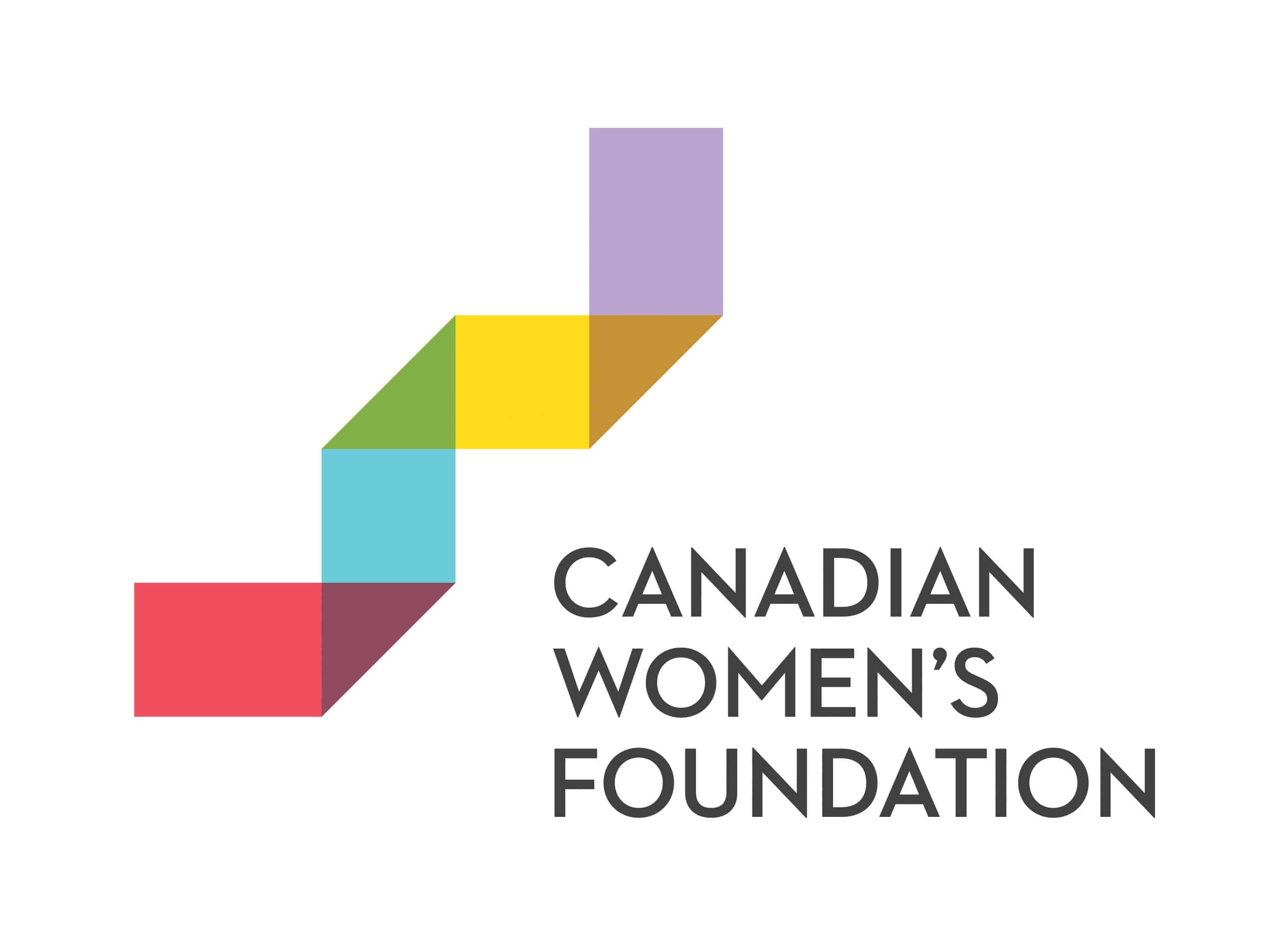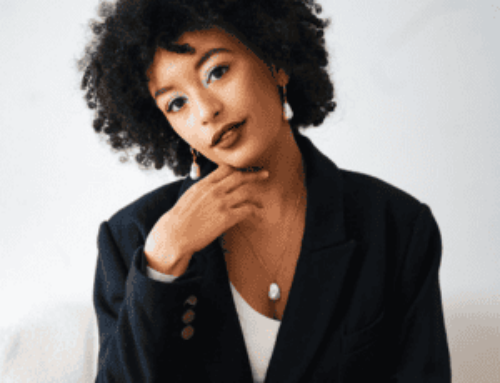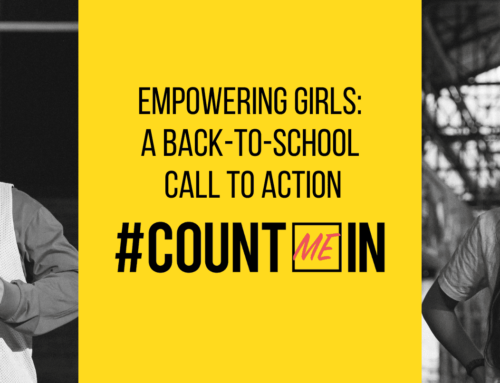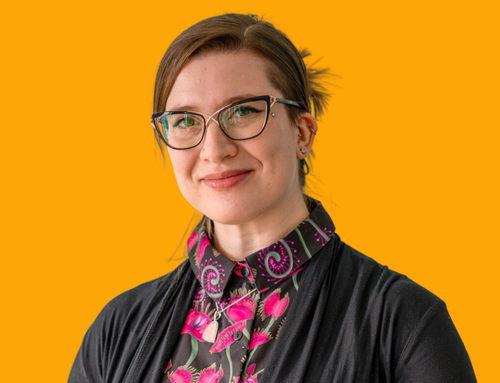
Before each session, she makes the drive to pick up girls from her community and the neighbouring Cowichan Nation. When the program first launched in 2016, the girls didn’t say much during carpool. Now, when they see Jennifer’s car pull up, they come bounding out of their homes, full of excitement. The girls’ group has become one of the best parts of their week.
The innovative program, which receives funding from the Canadian Women’s Foundation, is a partnership between the Canadian Mental Health Association (CMHA), Cowichan Branch, and the Malahat First Nation. Each weekly session empowers girls to grow up as strong, culturally proud, and active community members.
Paula Schwartz and Shawna Karr, the Director and Manager of Community and Social Programs at Malahat Nation, respectively, discuss how a typical session unfolds, what makes this group so special, and how they’ve seen the girls evolve.
Circles of Care-Circles of Courage sessions
“The group takes place at Malahat Nation – steps from many of the girls’ homes, surrounded by nature, and in spaces that they are connected with,” explains Shawna. “Being located within the community allows facilitators to be more connected to and aware of the environment in which many of the girls live.”
These facilitators include Jessica, a youth worker from CMHA, and Jennifer. Having a respected Elder present ensures that culture and tradition are part of the session from the moment the girls arrive. This is reflected in the circle protocol that the group follows, which includes opening and closing activities as well as prayers.
Each session incorporates mealtime, caring for the centre, activities, and games. Mealtime is an important first step, and allows the girls time to catch up with each other. After eating, the girls clean the table and help with chores.
Next, the group moves onto games and activities, which focus on supporting the girls to develop a sense of belonging, generosity, independence, and mastery, a time to encourage learning and problem-solving.
Jennifer and Jessica are constantly thinking of new ways to engage the girls and incorporate traditional Coast Salish teachings. Sessions may focus on knitting and weaving, or might take the girls outside to learn about traditional plant identification.
“The activities are designed to stretch the girls and develop confidence,” says Shawna. “We also want to support the girls as they learn to ask for help when it’s needed, and provide an example of a positive adult relationship.”
Forming friendships
Malahat Nation is located in a semi-remote area near the southern end of Vancouver Island. Because of the program, the girls have had the opportunity to branch out and form relationships with girls from other communities. These bonds have benefits beyond the girls themselves, as the program has helped support collaboration between Malahat Nation and the neighbouring Cowichan Tribe.
The girls also open up about any challenges they might be facing at school or at home.
“The group provides a safe space for the girls to celebrate being themselves and being a girl,” says Paula. “It also provides support, and empowers the girls to find their voices as they grow into leaders.”
How the girls are evolving
Many of the girls in the group are relatively young, but Shawna and Paula are inspired by how much they’ve grown in the past year.
“In the beginning, all of our girls were very shy – some wouldn’t even speak in the group setting,” says Paula. “Now, all of them speak up.”
The girls love coming to the sessions, and they make it a priority. Even if they’re tired from school, they arrive excited and energized. They’re visibly excited to see each other, and there’s no shortage of hugs. They’ve formed true friendships, and they’re at ease asking questions and expressing ideas with each other.
“One girl told us that the program inspires all the girls to be amazing,” says Shawna. “The program has blossomed into something really special – even more than we envisioned.”
Learn More:
- Where Have all the Women Engineers Gone?
- Want to See More Girls in STEM? Do Away with Gender Stereotypes
- Girls Love Science!
Take Action:
- Sign up for our e-newsletter to have our latest stories and resources sent to your inbox.
- Follow us on Facebook and Twitter to join a national conversation about gender equality.









